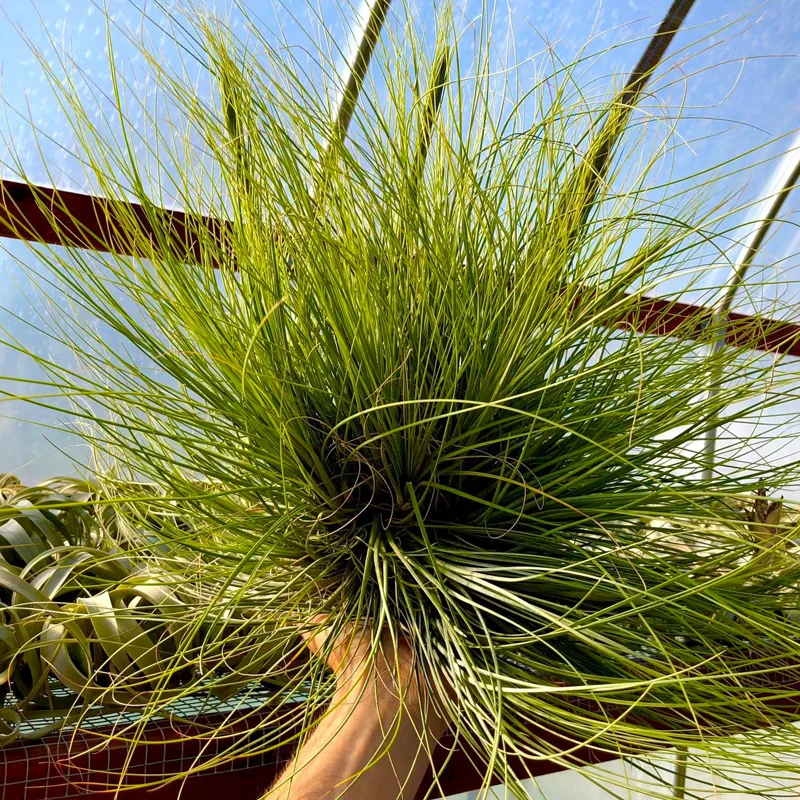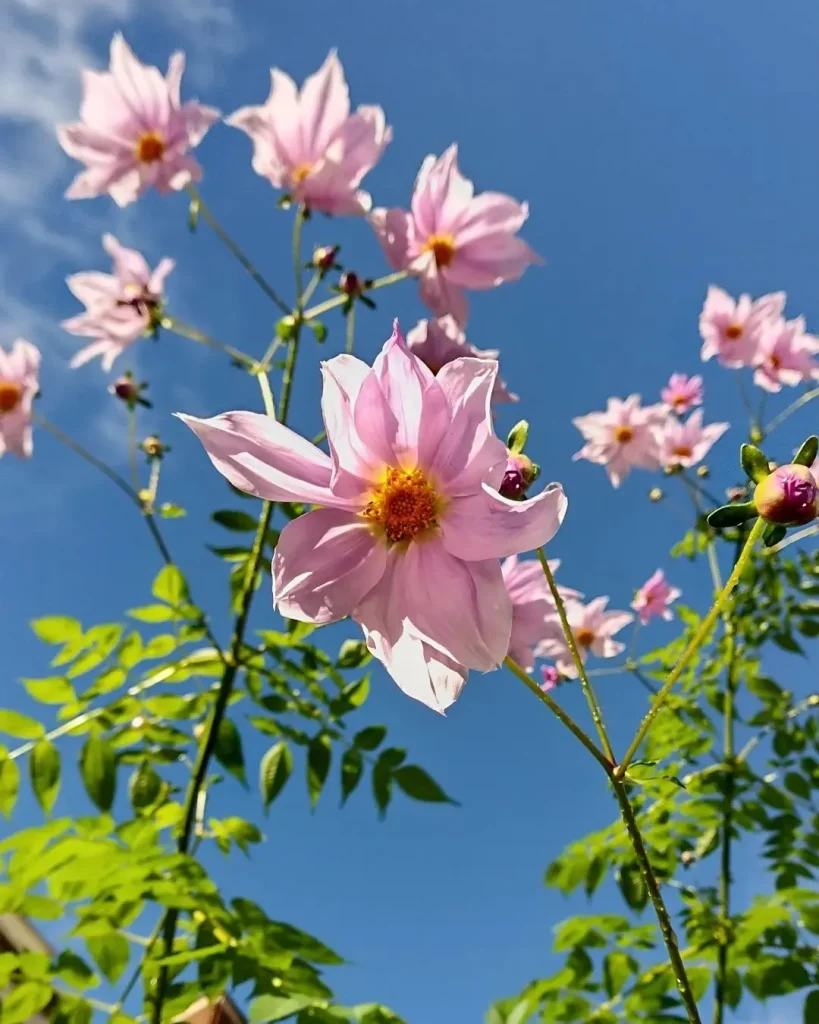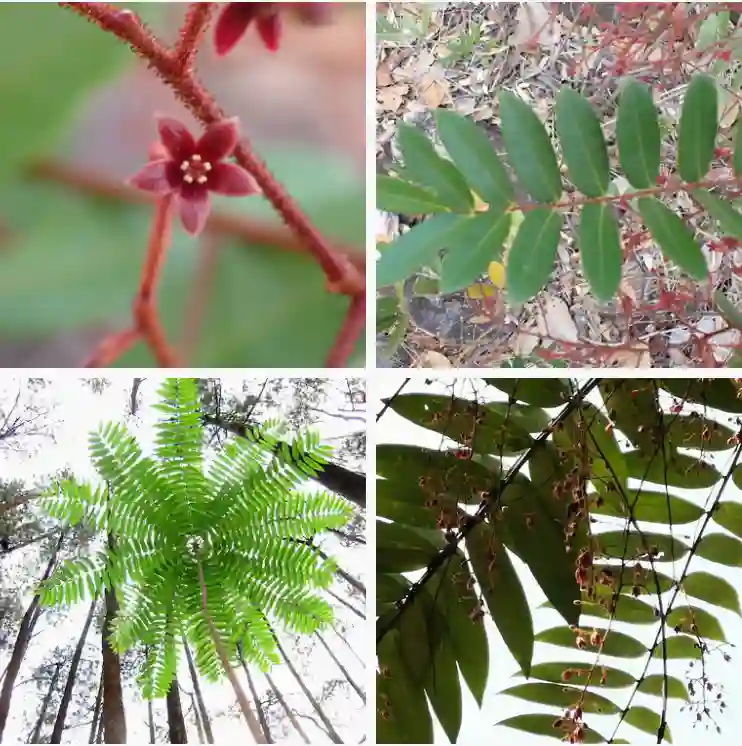My Fascination with the Cabombaceae Family
As a botanist, I am always captivated by the diversity and beauty of plant life. One family that has particularly piqued my interest is the Cabombaceae, a group of aquatic plants known for their delicate foliage and unique adaptations. In this article, I will share my knowledge and fascination with this family, including its genera, characteristics, and ecological significance.
The Cabombaceae Family: An Overview
The Cabombaceae family comprises two genera: Cabomba and Brasenia. These plants are found in various aquatic habitats, such as ponds, lakes, and slow-moving streams. They are characterized by their slender stems, finely divided leaves, and inconspicuous flowers. The family’s name is derived from the genus Cabomba, which honors the Spanish botanist Francisco Adán Cabomba.
The Genera of Cabombaceae
- Cabomba: This genus includes several species, commonly known as fanworts or water shields. They are submerged plants with fan-shaped leaves that are often mistaken for algae. Cabomba species are popular in aquariums due to their aesthetic appeal and ability to provide oxygen to the water. – 6 Species in Genus Cabomba
- Brasenia: This genus is represented by a single species, Brasenia schreberi, also known as water shield or watershield. It is a floating plant with oval leaves that are covered in a gelatinous substance. The leaves of Brasenia are edible and have been used in traditional medicine in some cultures.
Morphological Characteristics
The Cabombaceae family exhibits several distinctive morphological features:
- Submerged or floating habit: These plants are adapted to life in water, with either submerged or floating leaves.
- Finely divided leaves: The leaves are typically divided into numerous thread-like segments, increasing their surface area for photosynthesis and gas exchange.
- Inconspicuous flowers: The flowers are small and often lack petals, making them less attractive to pollinators.
- Specialized pollination: Some species rely on water currents or wind for pollination, while others exhibit self-pollination.
- Unique fruit and seed dispersal: The fruits are typically capsules or nuts that release seeds upon maturity. The seeds are often dispersed by water currents or animals.
Ecological Significance
The Cabombaceae family plays a vital role in aquatic ecosystems:
- Primary producers: These plants contribute to the food web by converting sunlight into organic matter through photosynthesis.
- Habitat providers: The dense growth of Cabombaceae plants offers shelter and protection to various aquatic organisms, including fish, invertebrates, and amphibians.
- Water quality improvement: These plants help to maintain water clarity by absorbing excess nutrients and reducing algal growth.
- Oxygen production: The submerged leaves of Cabombaceae plants release oxygen into the water, benefiting aquatic life.
- Erosion control: The roots and stems of these plants help to stabilize sediments and prevent erosion along shorelines.
Conservation Concerns
Despite their ecological importance, some Cabombaceae species face conservation challenges:
- Habitat loss and degradation: The destruction and pollution of aquatic habitats pose a significant threat to these plants.
- Invasive species: Some Cabombaceae species, particularly Cabomba caroliniana, have become invasive in certain regions, outcompeting native plants and disrupting ecosystems.
- Climate change: The changing climate may alter water temperatures and flow regimes, affecting the distribution and abundance of Cabombaceae plants.
Additional Notes
- The Cabombaceae family is closely related to the Nymphaeaceae family (water lilies), and they share some morphological and ecological similarities.
- The gelatinous substance on the leaves of Brasenia schreberi is thought to deter herbivores and protect the plant from desiccation.
- Some Cabombaceae species are used in traditional medicine to treat various ailments, although their efficacy has not been scientifically proven.
- The control of invasive Cabombaceae species requires a combination of preventive measures, such as education and outreach, and control methods, such as mechanical removal and herbicide application.
- Further research is needed to understand the impacts of climate change on the distribution and abundance of Cabombaceae plants and to develop effective conservation strategies.
Conclusion
The Cabombaceae family is a fascinating group of aquatic plants that exhibits unique adaptations and plays a crucial role in maintaining the health of aquatic ecosystems. As a botanist, I am continually amazed by the beauty and resilience of these plants. By understanding their characteristics and ecological significance, we can appreciate their value and contribute to their conservation.
If i die, water my plants!



